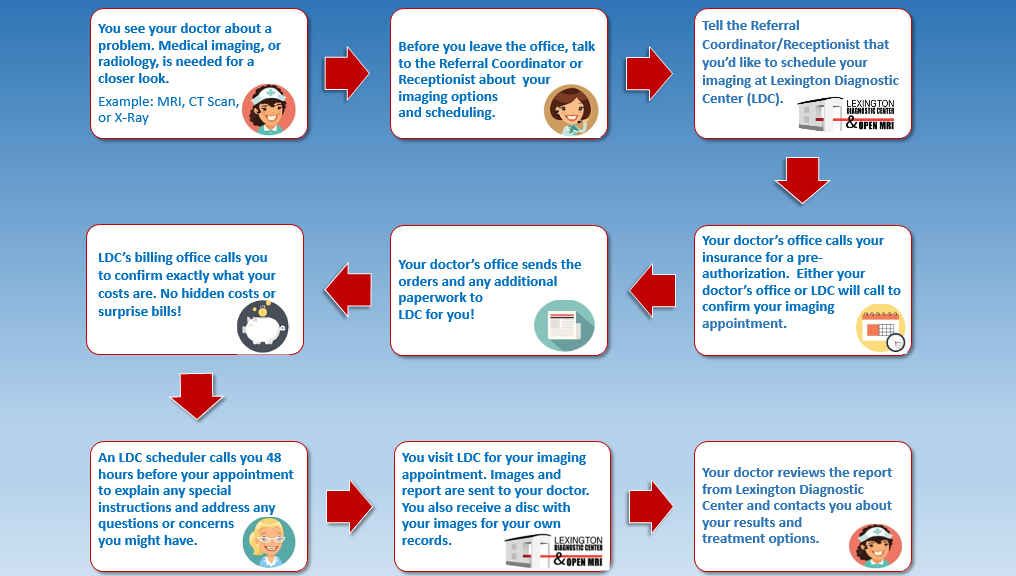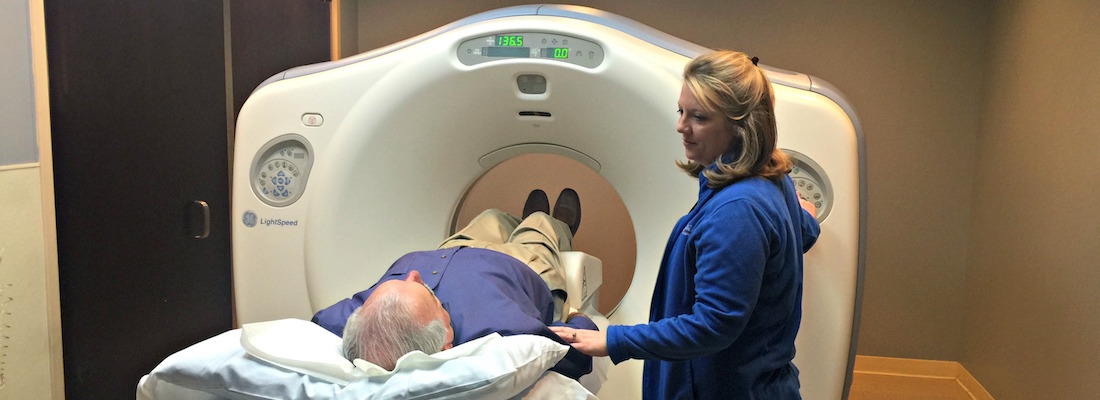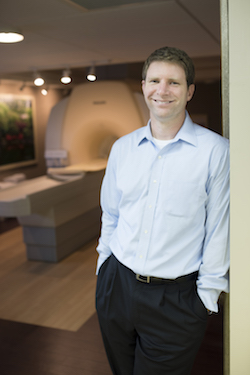 When something mysterious or unknown is happening with your health, it’s entirely natural to be worried. You want to know, as soon as possible, what’s going on, if it can be fixed, how long it will take to get better, and how much it will cost.
When something mysterious or unknown is happening with your health, it’s entirely natural to be worried. You want to know, as soon as possible, what’s going on, if it can be fixed, how long it will take to get better, and how much it will cost.
Often, diagnostic testing will be ordered: A CT scan, an MRI, or an ultrasound to diagnose and, on occasion, follow-up exams to evaluate treatment. Lexington Diagnostic Center and Open MRI specializes in diagnostic imaging and anxiety reduction. That’s because imaging exams at LDC are considerably less expensive than the hospital. And, LDC patients always know up front what testing is going to cost. There are no hidden fees or surprise bills that arrive weeks or months later.
Price transparency is one part of Lexington Diagnostic Center’s tradition of treating patients like family.
We are such a family here at Lexington Diagnostic Center, said radiologist Jason Harris, M.D., who joined the center in 2012. We have the best trained team, a strong commitment to quality, and a tremendous focus on doing the right thing for our patients, he said.
His commitment to the LDC family is so strong, in fact, that he recently purchased the facility the only locally owned imaging facility in Lexington from retiring founder George Privett, M.D.
Being a part of Lexington Diagnostic Center allows Dr. Harris to do what he loves most: Make a difference in peoples lives. Every morning, when I come to work, before I start, I spend a few minutes thinking about what I am doing. With each study I read, I remind myself this study represents a person, somebody with a life and a family.
I try to think of each one as a member of my family, as someone I know. Thinking this way motivates me to give it my absolute best each time, he said.
The desire to give his best to his patients led Dr. Harris to study radiology at two of the best radiology programs in the United States. His radiology residency was completed at the University of Cincinnati, a world-renown center for neuroradiology. Following five years of residency at UC, Dr. Harris did a fellowship in musculoskeletal radiology at the Medical College of Virginia/Virginia Commonwealth University in Richmond, Va.
Doing the fellowship required a lot of sacrifice, Dr. Harris said, but I absolutely feel it was worth it. Having that additional training and experience has enhanced my practice immensely. It allows me to offer more and higher quality care to patients here at the Center. The fellowship focused on diagnosing and treating conditions affecting the bones, joints, connective tissues, muscles and spine, including image-guided biopsies and joint injections.
Because of this additional training, Dr. Harris sometimes finds himself performing joint injections and other treatments. This direct interaction is something he enjoys. Every doctor in practice today woke up one morning and said to themselves, I want to be a doctor, I want to help people, he noted. That is, ultimately, what medicine is all about.
As Lexington Diagnostic Center’s new owner, Dr. Harris is committed to carrying on the center’s tradition of helping people by providing the highest level of quality and service, saving them money on their exams.
It’s an important point. Medical costs continue to rise and hospital-based services have grown even more expensive. As a result, free-standing, independent facilities like Lexington Diagnostic Center have a larger role to play in providing patients with affordable, high-quality services. LDC can save patients money because all they do is imaging. There is no hospital overhead laundry, meal services, ER team, administration.
Those additional expenses force hospitals to charge up to six times as much for the same exam. Because patients are often responsible for 20 to 50 percent of allowed charges, this often results in more cost for the patient.
We don’t do everything a hospital does. We do imaging. And we do it well. And we save patients money, Dr. Harris said.

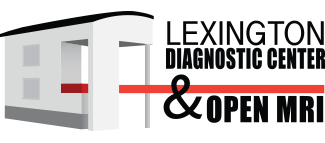
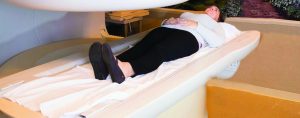 Magnetic Resonance Imaging ? MRI ? is one of the most important developments in the field of medicine in the past 30 years. MRIs have become a virtual workhorse, allowing physicians to locate tumors and cysts, evaluate joint damage, pinpoint the cause of back pain, and diagnose a wide variety of conditions.
Magnetic Resonance Imaging ? MRI ? is one of the most important developments in the field of medicine in the past 30 years. MRIs have become a virtual workhorse, allowing physicians to locate tumors and cysts, evaluate joint damage, pinpoint the cause of back pain, and diagnose a wide variety of conditions.
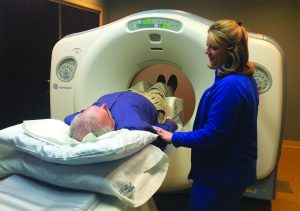 It should come as no surprise that Kentucky leads the nation in lung cancer deaths, especially when you consider another dubious distinction the Commonwealth holds: the highest smoking rates in the nation.
It should come as no surprise that Kentucky leads the nation in lung cancer deaths, especially when you consider another dubious distinction the Commonwealth holds: the highest smoking rates in the nation.
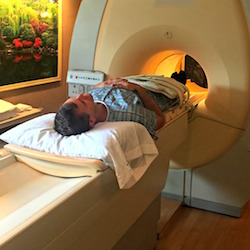 Prostate cancer is a very common condition affecting men, primarily those over the age of 65. The American Cancer Society estimates 161,000 new cases of the disease will be diagnosed in 2017. Fortunately, prostate cancer is usually slow growing and does not present a major health hazard to most men.
Prostate cancer is a very common condition affecting men, primarily those over the age of 65. The American Cancer Society estimates 161,000 new cases of the disease will be diagnosed in 2017. Fortunately, prostate cancer is usually slow growing and does not present a major health hazard to most men. When something mysterious or unknown is happening with your health, it’s entirely natural to be worried. You want to know, as soon as possible, what’s going on, if it can be fixed, how long it will take to get better, and how much it will cost.
When something mysterious or unknown is happening with your health, it’s entirely natural to be worried. You want to know, as soon as possible, what’s going on, if it can be fixed, how long it will take to get better, and how much it will cost.